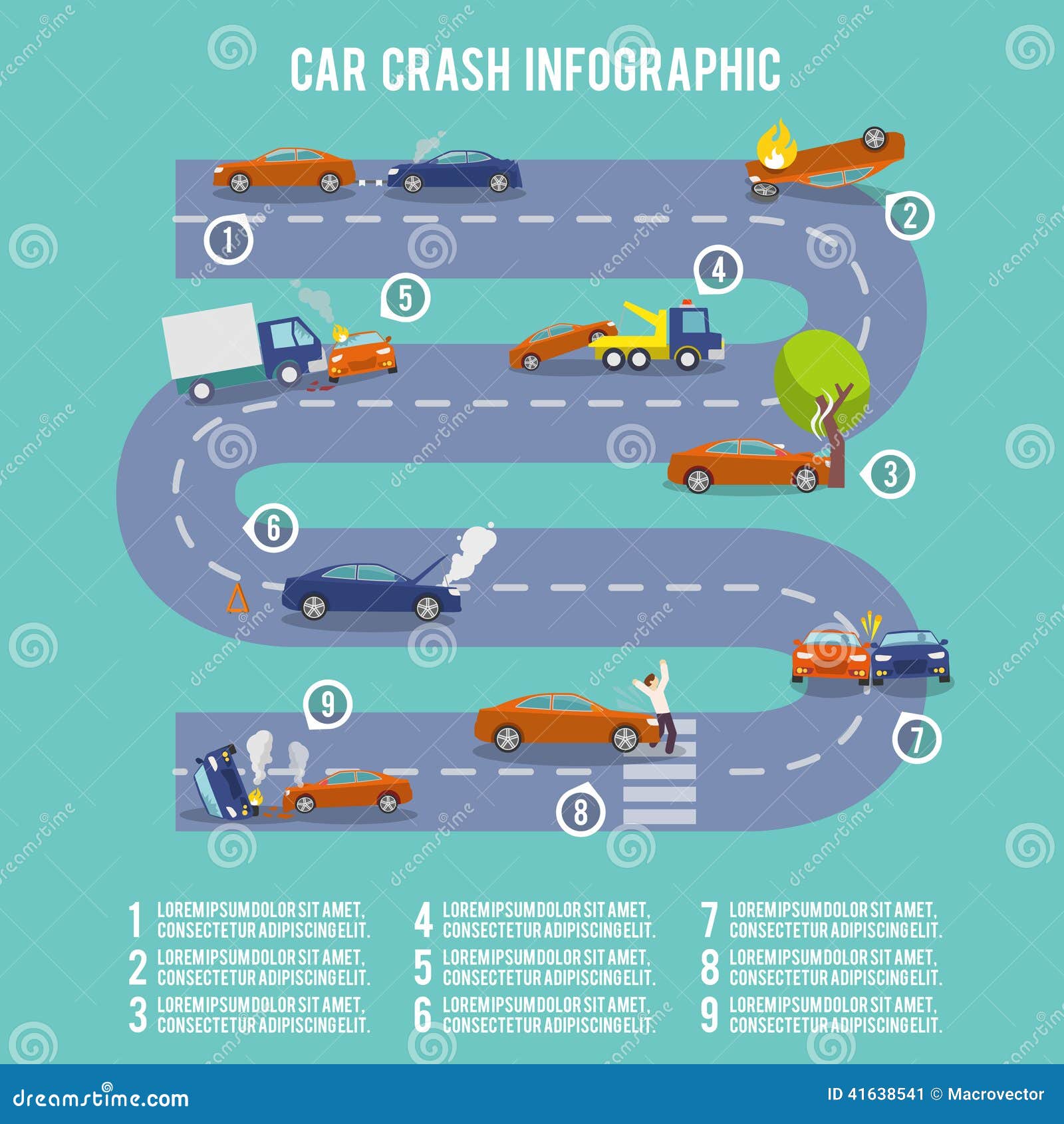Understanding Your Cars And Truck'S Warning Lights: What Do They Actually Mean?
Understanding Your Cars And Truck'S Warning Lights: What Do They Actually Mean?
Blog Article
Short Article Written By-Boye Shepherd
When you lag the wheel, those glowing warning lights on your dashboard can be a bit perplexing. Do you recognize what they're attempting to inform you regarding your car's wellness? Recognizing the value of these lights is important for your security and the long life of your lorry. So, the following time one of those lights pops up, would not you want to analyze its message accurately and take the required steps to address it?
Common Warning Lighting and Interpretations
Determine common caution lights in your auto and comprehend their significances to make sure risk-free driving.
The most typical warning lights consist of the check engine light, which signifies issues with the engine or exhausts system. If this light begins, it's critical to have your automobile inspected immediately.
https://brakeshopnearme06283.loginblogin.com/38130556/cleaning-up-common-misbeliefs-regarding-automobile-repair alerting light indicates low oil pressure, calling for prompt focus to prevent engine damage.
A blinking battery light may recommend a faulty charging system, potentially leaving you stranded otherwise resolved.
The tire stress surveillance system (TPMS) light informs you to reduced tire pressure, affecting vehicle stability and fuel effectiveness. Ignoring this might cause risky driving problems.
The abdominal muscle light suggests an issue with the anti-lock braking system, compromising your capacity to stop swiftly in emergency situations.
Lastly, the coolant temperature warning light warns of engine overheating, which can cause serious damages otherwise fixed promptly.
Understanding these usual caution lights will assist you attend to problems without delay and maintain secure driving conditions.
Relevance of Prompt Interest
Recognizing the typical caution lights in your auto is only the initial step; the value of immediately attending to these warnings can not be emphasized sufficient to ensure your safety and security when driving.
When a warning light illuminates on your control panel, it's your auto's way of communicating a potential problem that needs attention. Disregarding these warnings can lead to much more extreme issues later on, compromising your security and potentially costing you a lot more in repairs.
Trigger focus to warning lights can prevent malfunctions and accidents. As an example, a blinking check engine light could suggest a misfire that, if left neglected, might trigger damage to the catalytic converter. Resolving this quickly can conserve you from an expensive repair.
Similarly, a brake system warning light could indicate low brake liquid or used brake pads, important elements for your security when driving.
Do It Yourself Troubleshooting Tips
If you see a caution light on your dashboard, there are a couple of do it yourself repairing tips you can attempt before seeking professional help.
The primary step is to consult your vehicle's manual to comprehend what the details caution light indicates. Often https://www.altoonamirror.com/news/local-news/2021/11/board-grants-variance-to-auto-shop/ can be as simple as a loose gas cap activating the check engine light. Tightening up the gas cap may settle the issue.
Another common issue is a low battery, which can trigger different warning lights. Examining the battery connections for rust and ensuring they're protected may repair the issue.
If a warning light continues, you can attempt resetting it by separating the automobile's battery for a few mins and afterwards reconnecting it. In addition, inspecting your car's fluid levels, such as oil, coolant, and brake liquid, can aid troubleshoot advising lights related to these systems.
Conclusion
In conclusion, understanding your auto's warning lights is crucial for keeping your lorry running smoothly and safely. By promptly dealing with these alerts and understanding what they mean, you can prevent pricey fixings and prospective failures.
Remember to consult your automobile's handbook for specific information on each warning light and take action accordingly to make sure a hassle-free driving experience.
Stay notified, stay risk-free on the road!
